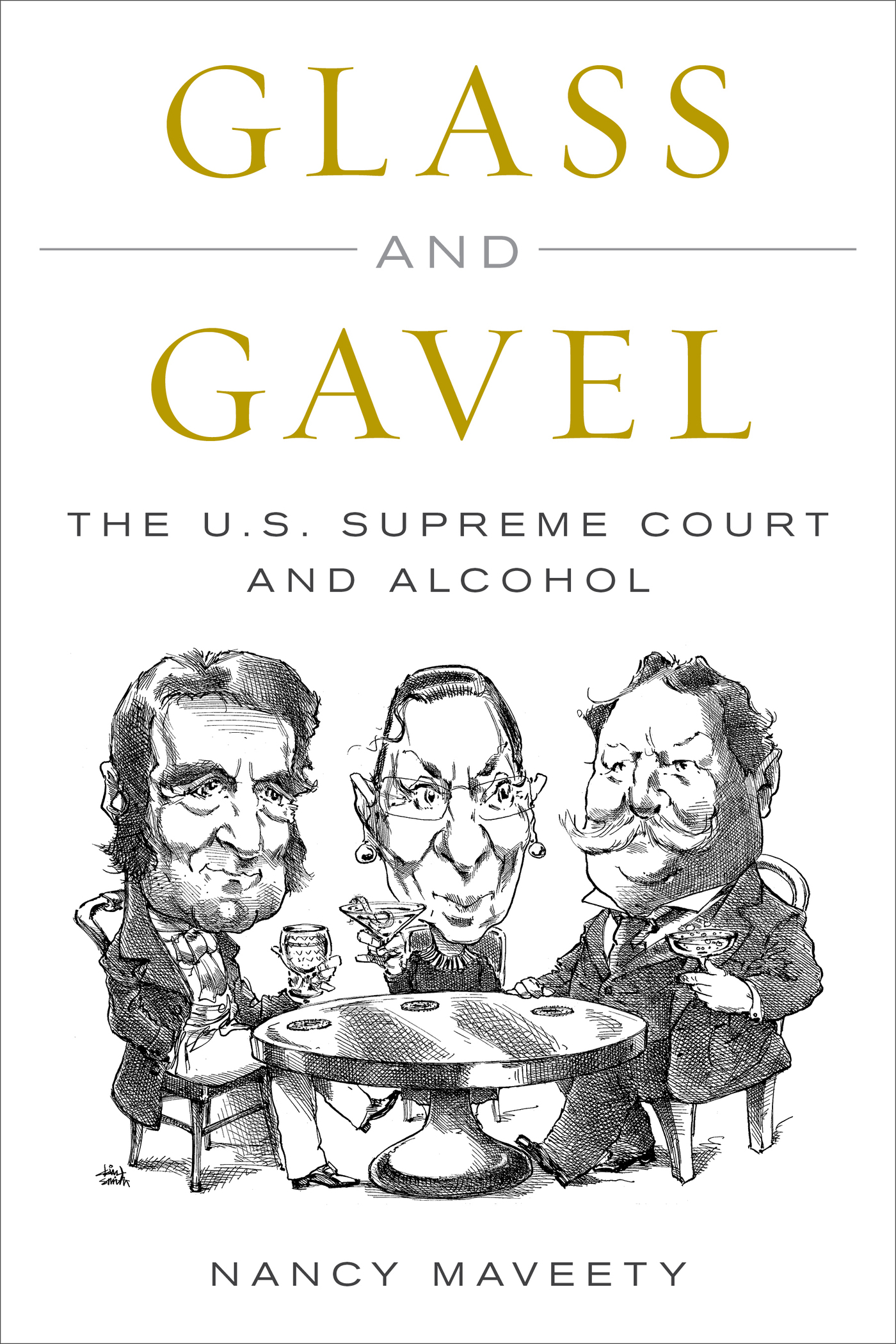Glass and Gavel
Glass and Gavel
The U.S. Supreme Court and Alcohol
Nancy Maveety
ROWMAN & LITTLEFIELD
Lanham Boulder New York London
Published by Rowman & Littlefield
An imprint of The Rowman & Littlefield Publishing Group, Inc.
4501 Forbes Boulevard, Suite 200, Lanham, Maryland 20706
www.rowman.com
Unit A, Whitacre Mews, 26-34 Stannary Street, London SE11 4AB
Copyright 2019 by The Rowman & Littlefield Publishing Group, Inc.
All rights reserved. No part of this book may be reproduced in any form or by any electronic or mechanical means, including information storage and retrieval systems, without written permission from the publisher, except by a reviewer who may quote passages in a review.
British Library Cataloguing in Publication Information Available
Library of Congress Cataloging-in-Publication Data
Names: Maveety, Nancy, author.
Title: Glass and gavel : the U.S. Supreme Court and alcohol / Nancy Maveety.
Description: Lanham : Rowman & Littlefield, 2019. | Includes bibliographical references and index.
Identifiers: LCCN 2018033786 (print) | LCCN 2018035893 (ebook) | ISBN 9781538111994 (Electronic) | ISBN 9781538111987 (cloth : alk. paper)
Subjects: LCSH: Liquor lawUnited States--History. | JudgesAlcohol UseUnited States. | United States. Supreme CourtOfficials and EmployeesAlcohol use.
Classification: LCC KF3919 (ebook) | LCC KF3919 .M27 2018 (print) | DDC 344.7305/41dc23
LC record available at https://lccn.loc.gov/2018033786
 TM The paper used in this publication meets the minimum requirements of American National Standard for Information Sciences Permanence of Paper for Printed Library Materials, ANSI/NISO Z39.48-1992.
TM The paper used in this publication meets the minimum requirements of American National Standard for Information Sciences Permanence of Paper for Printed Library Materials, ANSI/NISO Z39.48-1992.
Printed in the United States of America
How beverage alcohol is produced, distributed, consumed, and regulated... offers a key to the nature of a society and how it changes over time.
Jack S. Blocker, Tidy Pictures of Messy Behavior
Acknowledgments
The inspiration for this book came from conversations with a colleaguefellow political scientist and cocktail enthusiastabout presidential and congressional drinking. Our shared fascination was rewarded, when that years Tales of the Cocktail featured a seminar on the signature drinks of certain chief executives. You know what would be fun, I ventured as we savored a seminar sample, is a cocktails book of the justices of the Supreme Court. I thought of the Marshall Courts convening for judicial conference in area taverns (boardinghouses, really), and about various famous alcohol-related cases in the annals of constitutional law. The idea of a full-blown Supreme Court history of alcoholic beverages has got real potential, I pondered aloud, and my first future reader looked intrigued. So, thank you, Brian, for helping to spark Glass and Gavel.
Until I started the research for this book, I didnt fully appreciate the sheer volume of interesting work on the social and political history of alcohol in the United States. We are all familiar with the period of Prohibition, but alcohols rather central presence in the life of the American republic both predates and continues on after that infamous era of the intersection of alcohol and American law. I am indebted to these historians who laid the foundations for my enterprise. And in immersing myself in the saga of fashionable cocktails and liquors, and who might have been drinking what during a particular Supreme Court era, I drew on the burgeoning literature on the history of the cocktail. These scholar mixologists, and the vintage cocktail manuals whose reissuance they have championed, have been invaluable guides.
I benefited from the assistance and support of many sources in my writing of this book. A research grant from the Lurcy Fellowship at Tulane University enabled my travel to consult archival materials that enriched my account of the justices and their legal and personal relationships with beverage alcohol. Special recognition must go to the staffs of the Supreme Court Historical Society and the National Archives in Washington, DC, and the Louisiana Research Collection in New Orleans, LA. My good friend Karin provided early research assistance, which included fieldwork at the Round Robin Bar of the Willard Hotel and the Off the Record Bar at the Hays Adams Hoteltwo venerable Washington, DC, political watering holes whose history and contemporary profiles I explored thanks to her efforts. Many friends and colleagues have been sounding boards and unofficial contributors, but I especially appreciate my colleagues at the Tulane Law School who read and commented on various draft chapters during and after the annual faculty workshop. Manuscript preparation assistance, including help with securing ever-important publication permissions for the books illustrations, came from Tasia Kastanek and Zhen Lin. Last but not least, I thank my editor, Jon Sisk, for believing in this project when it was still in its initial stages and for his enthusiasm and encouragement all along the way.
My most devoted advocate, of this book and its value and in all of our life projects together, is Tom. To you and your orchestration of many a Celebration of the Anniversary of the Repeal of Prohibition, this book is dedicated.
Preface and Introduction
A Cocktail [Book] of Decisions
Alcoholits enjoyment and its regulationhas shaped American political life and law since the colonial era. Alcoholits use and its restrictionhas affected both American society and political culture. Americans very definition of who we are finds expression in that very American creation: the cocktail. Presidential cocktail imbibing marks not only American social history, but the distinctive personality of each political era as wellCheers to the Chief, in the inimitable words of one recent account of the topic.
There is a rich trove of popular histories of America and its drinking that tell the story of alcohol in American life and experience. The provocatively titled Alcoholic Republic is just one of a number of scholarly but accessible works that situate American political development firmly inside the tavern. (Literally.) Another such book, Mint Juleps with Teddy Roosevelt, bills itself as the complete history of presidential drinking, tantalizingly promising in its Amazon.com and Google Books advertising copy: Stroll through our countrys memorable moments... and discover the role that alcohol played in all of them.
Even the story of our Constitution and its law has been influenced by the changing role of alcohol and alcoholic beverage drinking in the United States, from the founding to the present day. While the period of Prohibition is perhaps the most familiar, with its textual and tangible effects the most noticeable, it is hardly the only time period in which governmental balance of powers and individual liberties have been seen through a wine glass darkly, so to speak. Liquor has long been the evil twin of the American sense of American enterprise, and both regulating it and evading that regulation have been pursued with great glee throughout our history.
Still, the very centrality of alcohol to the Prohibition era fueled a special cultural obsession with explaining it, with trying to distinguish it. (Or extinguish it, as a bad memory.) What is harder to accept, or even to fathom, is that the period 19201933 was less unique than extreme, its sour legacy often exaggerated for effect. Indeed, both drinking and punishing it are more entwined in the American experience than the morbid interest in all things speakeasy would lead one to think.
Next page
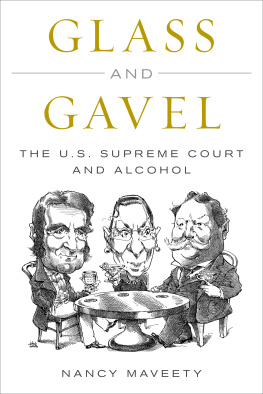
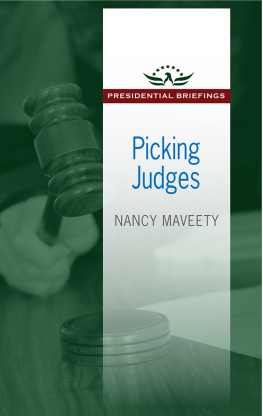

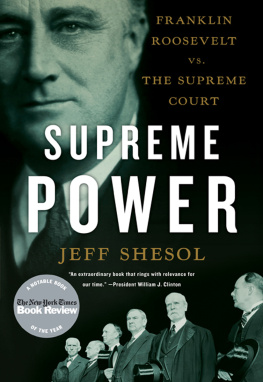

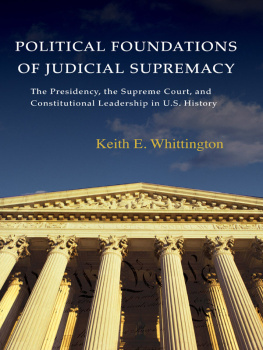
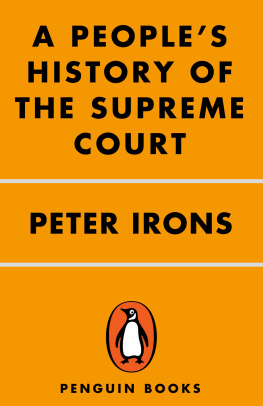
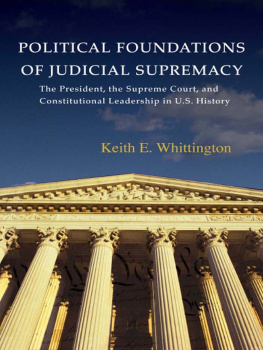
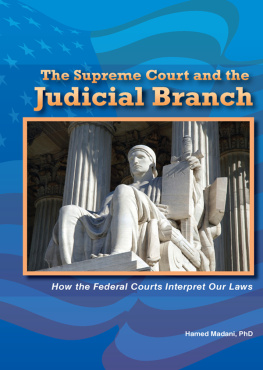
 TM The paper used in this publication meets the minimum requirements of American National Standard for Information Sciences Permanence of Paper for Printed Library Materials, ANSI/NISO Z39.48-1992.
TM The paper used in this publication meets the minimum requirements of American National Standard for Information Sciences Permanence of Paper for Printed Library Materials, ANSI/NISO Z39.48-1992.